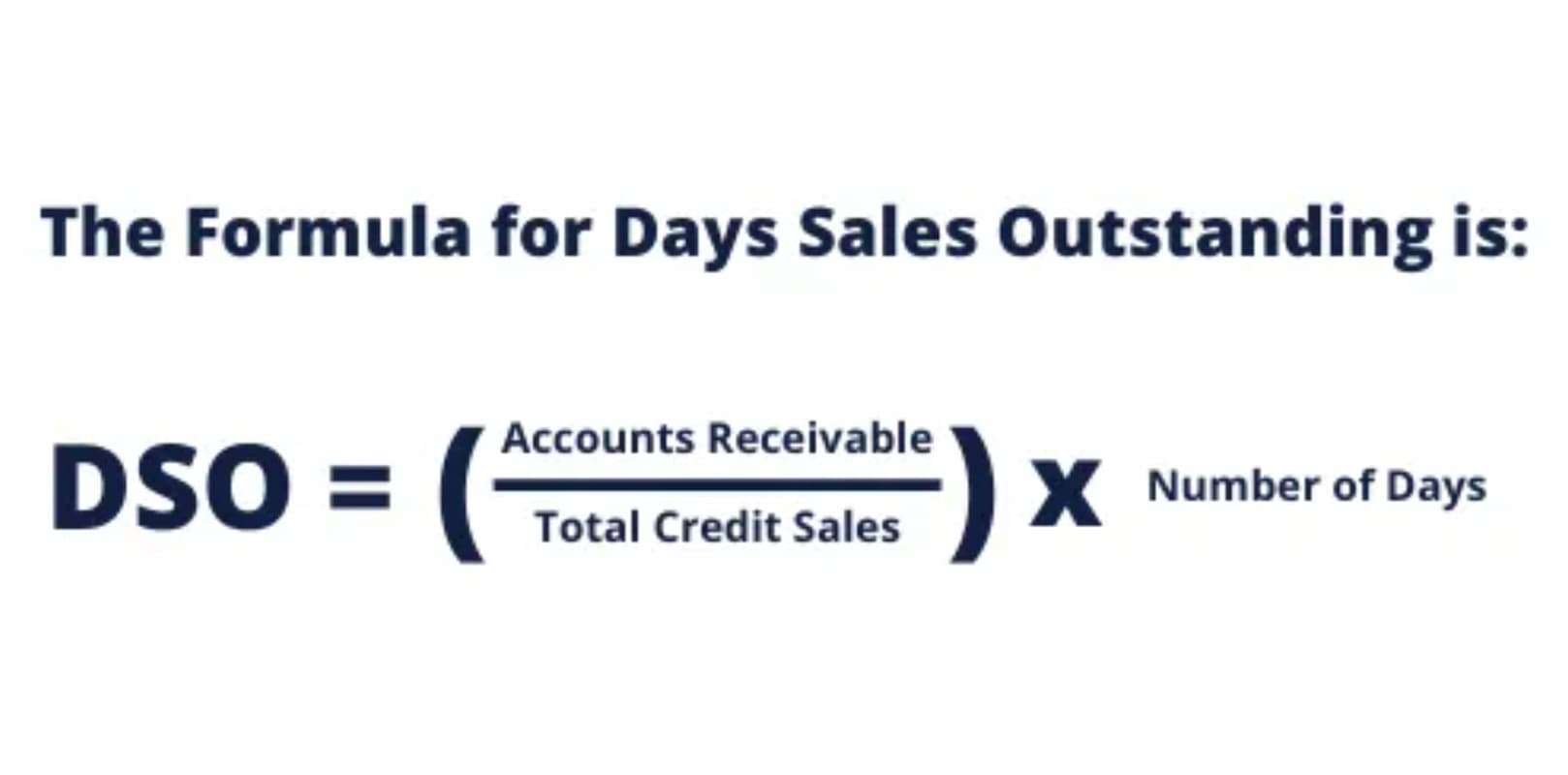
A trend of increasing retained earnings typically indicates that the company is generating consistent profits and possibly choosing to reinvest those earnings to fuel growth. It demonstrates that the company can finance its operations or growth organically, which is a positive sign for investors and creditors. This statement is vital for assessing a company’s liquidity, solvency, and its ability to alter cash flows in the future.
- It’s a measure of the resources your small business has at its disposal to fund day-to-day operations.
- It can also help you easily organize other aspects of your company’s financial landscape, such as its income statement or form of dividends.
- Retained earnings are the cumulative net earnings or profits of a company after accounting for dividend payments.
- The effect of cash and stock dividends on the retained earnings has been explained in the sections below.
- For instance, let’s say your boutique engraving shop has done remarkably well in December due to all of the holiday orders.
- Retained earnings are related to net (as opposed to gross) income because they are the net income amount saved by a company over time.
Therefore, the company must maintain a balance between declaring dividends and retaining profits for expansion. In this article, you will learn about retained earnings, the retained earnings formula and calculation, how retained earnings can be used, and the limitations of retained earnings. But while the first scenario how to solve for retained earnings is a cause for concern, a negative balance could also result from an aggressive dividend payout, such as a dividend recapitalization in a leveraged buyout (LBO). If the retained earnings balance is gradually accumulating in size, this demonstrates a track record of profitability (and a more optimistic outlook).
Where Is Retained Earnings on a Balance Sheet?
Alternatively, a large distribution of dividends that exceed the retained earnings balance can cause it to go negative. Sometimes when a company wants to reward its shareholders with a dividend without giving away any cash, it issues what’s called a stock dividend. Company management is typically in charge of what happens to the retained earnings that they acquire. Since management oversees the overall health of the company and its position in the regional, national, global, or niche market, they make a majority of these big picture decisions.. Executives with an eye toward the future of the business will examine how the money could be used to expand and improve the company in ways that benefit both the company itself and its shareholders. While the calculation might seem complex at first, by breaking it down into steps and understanding the various components, it becomes a manageable task.
Again, this is because they use the majority of their retained earnings to finance expansion rather than dividends. Below is a short video explanation to help you understand the importance of retained earnings from an accounting perspective. Over 1.8 million professionals use CFI to learn accounting, financial analysis, modeling and more. Start with a free account to explore 20+ always-free courses and hundreds of finance templates and cheat sheets. If you calculated along with us during the example above, you now know what your retained earnings are. Knowing financial amounts only means something when you know what they should be.
What Is Retained Income?
Although retained earnings are not themselves an asset, they can be used to purchase assets such as inventory, equipment, or other investments. Therefore, a company with a large retained earnings balance may be well-positioned to purchase new assets in the future or offer increased dividend payments to its shareholders. The retained earnings formula helps to calculate the absolute bottom line of profit for a company. It shows how much money the company has left after all expenses and dividends have been paid. From there, business owners can use the number to gauge their financial health and determine whether they need to make adjustments to improve their overall net income. Retained earnings are influenced by several factors within a business, including various operational decisions.

As each accounting period comes to a close for your business, retained earnings will be reported on your balance sheet. This retained earnings ending balance will represent the accumulated income your business generated the previous year and the current year’s income minus all dividends paid to shareholders. By subtracting the cash and stock dividends from the net income, the formula calculates the profits a company has retained at the end of the period. If the result is positive, it means the company has added to its retained earnings balance, while a negative result indicates a reduction in retained earnings.






